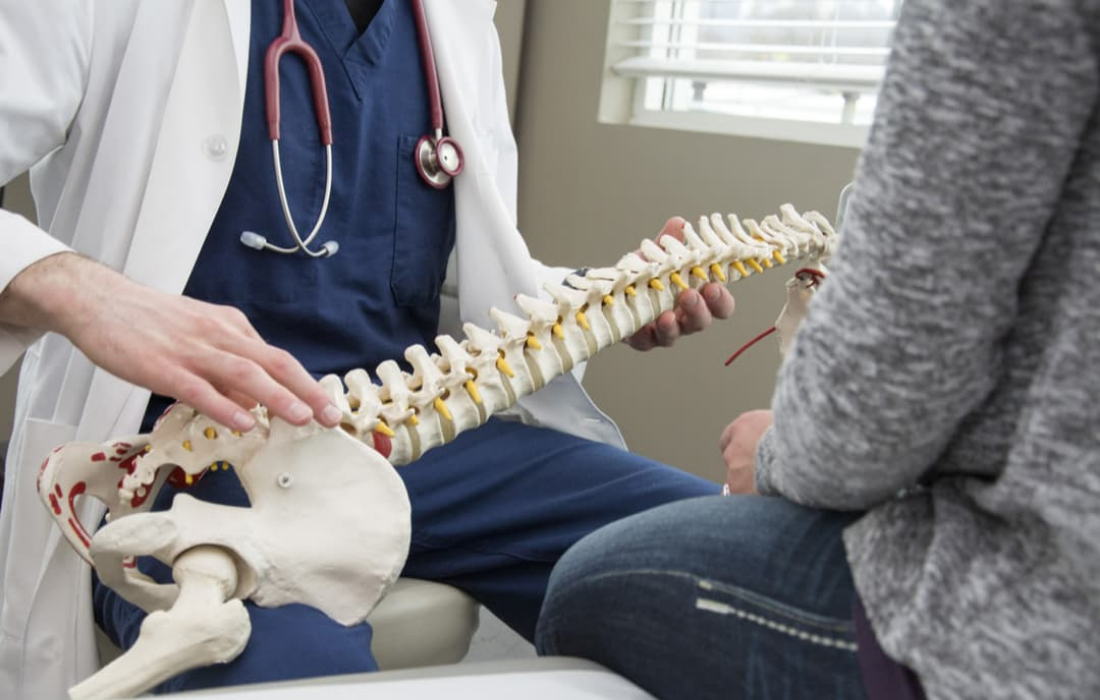Compression fractures affect more than 1.5 million Americans every year. Severe pain in the neck and back are common symptoms, but treatments, including surgery, may help you find relief.
What Are Compression Fractures?
Compression fractures occur when one or more of the bones in the spinal column break or become dislocated. They are often caused by high-impact collisions, such as those associated with car accidents and sports injuries. They may also be caused by osteoporosis (bone loss) or low bone mass, which affects more than 55% of adults over the age of 50.
Many compression fractures can be treated using nonsurgical interventions such as bracing. Physical therapy can also be used once the fracture has healed (typically after 2 months). Surgery may be required for fractures that do not respond to nonsurgical treatments or for fractures in danger of causing severe damage to the spinal cord.
An orthopaedic specialist can evaluate a compression fracture to determine the best treatment approach.
Types of Compression Fractures
Compression fractures are classified into two types: wedge and burst.
- Wedge fractures occur when a broken vertebra collapses and forms a wedge shape. These fractures form on the front part of the vertebra.
- Burst fractures occur when a vertebra breaks into multiple columns. These types of fractures are far more serious than wedge fractures and may require immediate treatment.
Symptoms
Symptoms of a fractured spine may vary depending on the location and severity of the fracture. Some fractures may not cause symptoms right away, especially those caused by osteoporosis, when compression of the spine happens gradually over time.
Symptoms of compression fractures may include:
- Sharp or severe back pain that worsens with movement
- Pain in the neck
- Swelling and tenderness around the affected vertebra
- Changes in posture
- Loss of height
- Bowel or bladder incontinence
- Uncontrollable muscle spasms
- Numbness, tingling or weakness in the arms or legs
- Loss of consciousness
Causes
Osteoporosis and spinal tumors are common causes of compression fractures. Osteoporosis can lead to weak and brittle bones that break easily, such as during a fall. Tumors in the spinal column can also weaken bones or lead to large growths that exert pressure on the bones or cause them to expand.
Diagnosis
Compression fractures are typically diagnosed during a physical examination and with one or more imaging tests. X-ray, CT scan and/or an MRI can help your physician examine the bones, spinal cord and surrounding tissues to confirm or rule out a compression fracture diagnosis.
If osteoporosis is suspected, you may also undergo a bone density test known as a DXA scan. This test is similar to an X-ray but also measures the strength and mineral content of your bones to determine whether you have osteoporosis.
Treatment
Minor fractures may be treated using bracing and physical therapy. Bracing can keep the spine properly aligned to promote healing, while physical therapy can strengthen the muscles in your back and reduce your risk for future fractures.
Kyphoplasty is a surgical method that can be used to treat compression fractures. This procedure involves using a small balloon to prop up the broken vertebra and injecting the spaces with cement to keep the bone in place.
University Orthopaedic Associates (UOA) offers a full range of orthopaedic services, including treatment for compression fractures. Contact UOA today at (732) 537-0909 to request an appointment if you need treatment for an orthopaedic injury.




